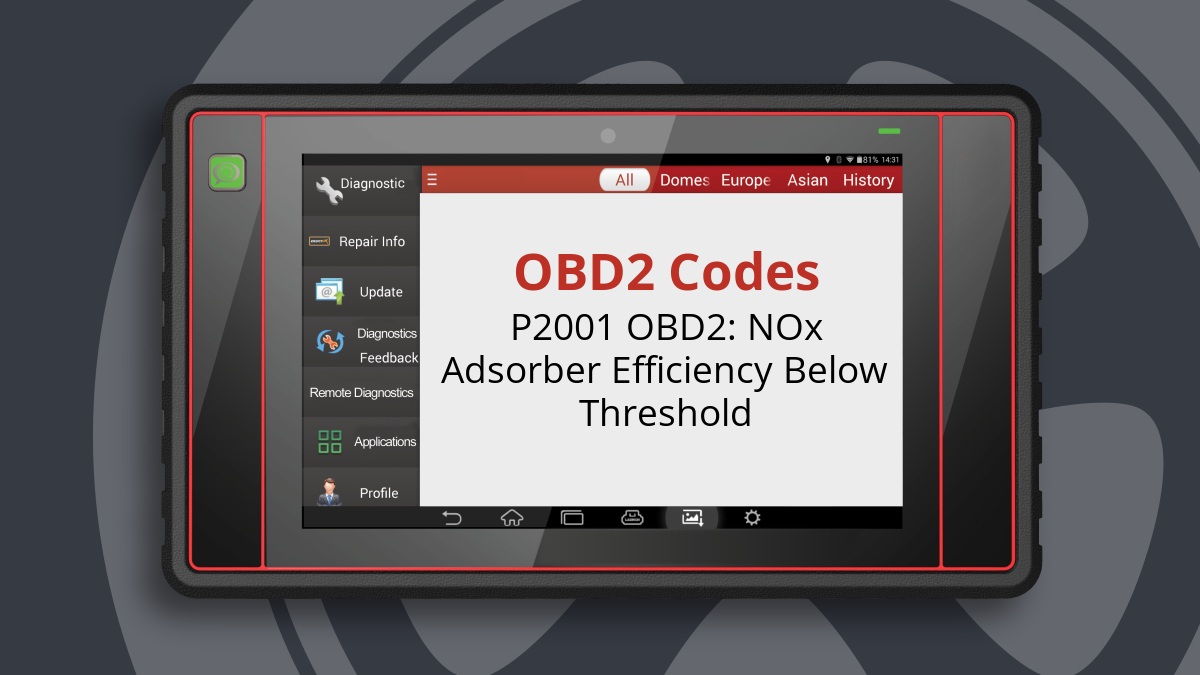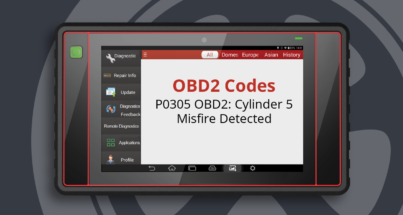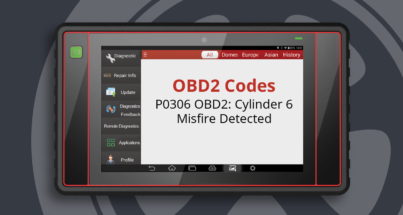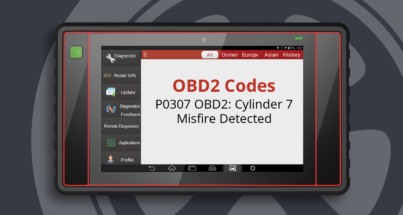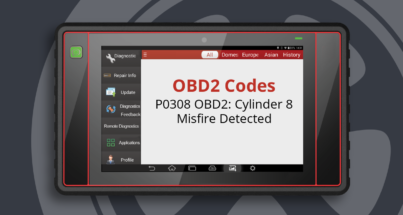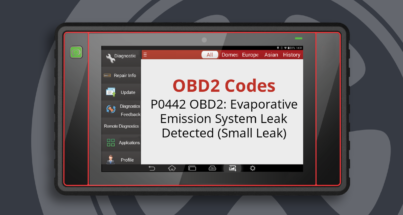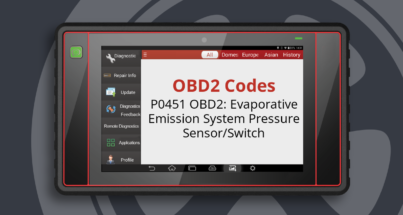What Does the P2001 Code Mean?
OBD-II Code P2001 is defined as a NOx Adsorber Efficiency Below Threshold. This code indicates that the emissions control system is not functioning as intended, specifically the NOx adsorber system which is crucial for reducing harmful emissions in diesel engines.
What Causes the P2001 Code?
The P2001 code can be triggered by several factors, including:
- Failure of the Diesel Particulate Filter (DPF)
- Intake air leaks
- Dirty or improperly calibrated Mass Airflow (MAF) sensor
What Are the Symptoms of the P2001 Code?
Common symptoms associated with the P2001 code may include:
- Increased emissions
- Decreased engine performance
- Illuminated Check Engine Light
How Serious Is the P2001 Code?
The P2001 code has a moderate severity level. While it may not pose an immediate threat to vehicle safety or functionality, it is important to address it promptly. Ignoring this code can lead to more serious issues, including increased emissions and potential damage to the exhaust system.
How to Diagnose the P2001 Code
Diagnosing the P2001 code typically involves:
- Using an OBD-II scanner to confirm the presence of the code
- Inspecting the exhaust system for leaks or damage
- Checking the condition and calibration of the MAF sensor
- Testing the DPF for proper operation
Common Repairs for the P2001 Code
Common repairs for the P2001 code may include:
- Replacing the Mass Airflow Sensor
- Repairing or replacing the Diesel Particulate Filter
- Fixing any intake air leaks
How Much Does It Cost to Fix the P2001 Code?
The cost to fix the P2001 code can vary widely based on the specific issue. On average, repairs might range from $100 to $1,500, depending on whether components like the MAF sensor or DPF need replacement.
Can I Fix the P2001 Code Myself?
While some basic diagnostics can be performed by a knowledgeable DIYer, repairing issues related to the P2001 code often requires specialized tools and expertise. It is recommended to consult a professional mechanic for accurate diagnosis and repair to ensure compliance with emissions standards.


